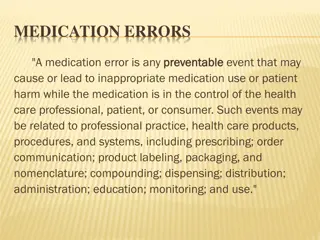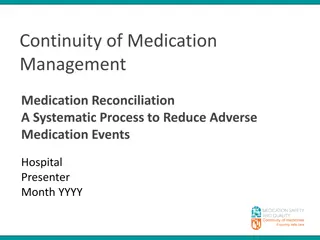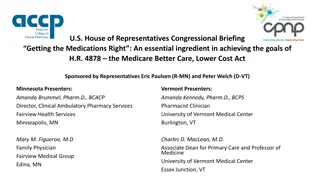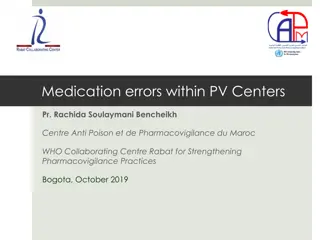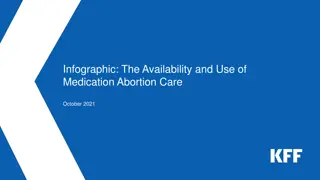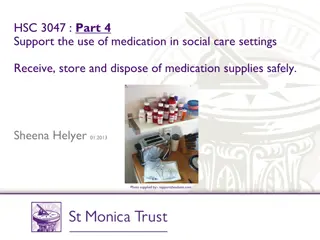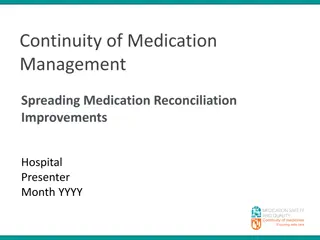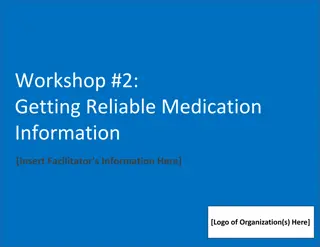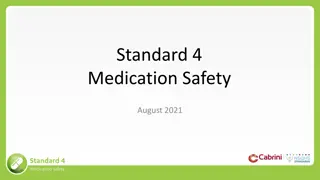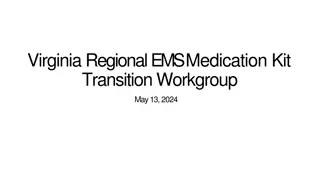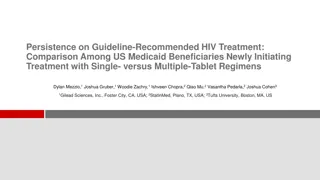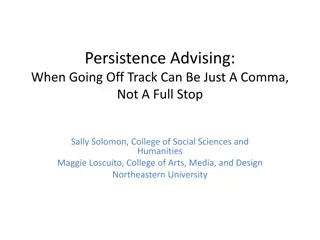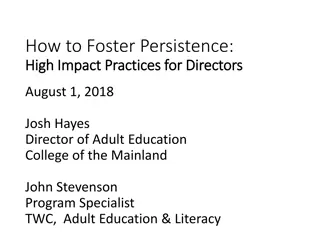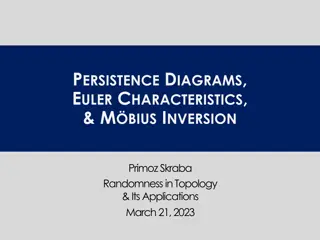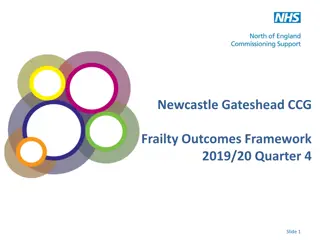Examining Medication Persistence Methods and Outcomes in Patients Post MI
Understanding medication persistence post myocardial infarction (MI) is crucial for optimizing patient outcomes. The ARTEMIS trial explored variation in P2Y12 inhibitor persistence rates using multiple measurement methods. This study design involved over 11,000 MI patients across 301 US hospitals, with interventions to assess and improve medication adherence. Discordance and concordance between patient-reported data, pharmacy fill information, and voucher use were evaluated. Results showed differing persistence rates and outcomes based on the measurement method utilized.
Download Presentation

Please find below an Image/Link to download the presentation.
The content on the website is provided AS IS for your information and personal use only. It may not be sold, licensed, or shared on other websites without obtaining consent from the author. Download presentation by click this link. If you encounter any issues during the download, it is possible that the publisher has removed the file from their server.
E N D
Presentation Transcript
Background 2 Medication persistence is important after MI to optimize clinical outcomes Clinical and research efforts variably use patient report and pharmacy fill data to assess persistence Concordance between measurement methods is unknown
Objectives 3 The ARTEMIS trial used several methods to measure persistence with P2Y12 inhibitor Describe variation in medication persistence rates between measurement methods Examine concordance/discordance between methods Assess outcomes associated with discordant and concordant persistence measurements
Study Design 4 STEMI or NSTEMI patients discharged on P2Y12 inhibitor 11,001 MI patients at 301 US hospitals Hospital-level Randomization * Usual Care Copayment Intervention 131 sites enrolled 6,135 patients 156 sites enrolled 3,967 patients Intervention site patients were provided a copayment voucher card for either a generic (clopidogrel) or brand (ticagrelor) P2Y12 inhibitor, selected by the treating physician
Definitions 6 Persistence defined as no gap >30 days within 1 year post-discharge Patient report: Interviews every 3 months asked patients to report stop/restart dates if gaps in use Pharmacy fill: National pharmacy claims (>80% U.S. pharmacies) tracking dates and quantity filled Voucher use (intervention arm only): Copayment reduction voucher tracked dates and quantity filled covered by the voucher Blood draws performed in a random subset to check serum P2Y12 levels
Persistence by Method 7 40% 35% Proportion non-persistent 30% 25% 20% 15% 10% 5% 0% 3 months 6 months 9 months 12 months Patient report Blood draw Pharmacy fill
Inaccuracy of Pharmacy Fill 10 Among 3703 intervention arm patients, 1184 (32%) were non-persistent by both voucher use and pharmacy fill (compared with 10% by self- report and 40% by pharmacy fill alone) Of 1487 intervention arm patients non-persistent by pharmacy fill data, 303 (20%) were persistent when voucher data was considered
Conclusions 11 Patient report overestimated medication persistence and pharmacy fill data underestimated medication persistence rates More than 1/3 of patients had discordant persistence Patients non-persistent by both methods have the worst clinical outcomes
Implications 12 Traditionally, patients have self-reported persistence Health systems have incorporated pharmacy fill data into EHRs to enable physicians to identify non-persistence objectively We show that neither patient report nor pharmacy fill alone represent the truth Best practice to measure persistence and target interventions to improve it should incorporate both pharmacy fill data and patient report


